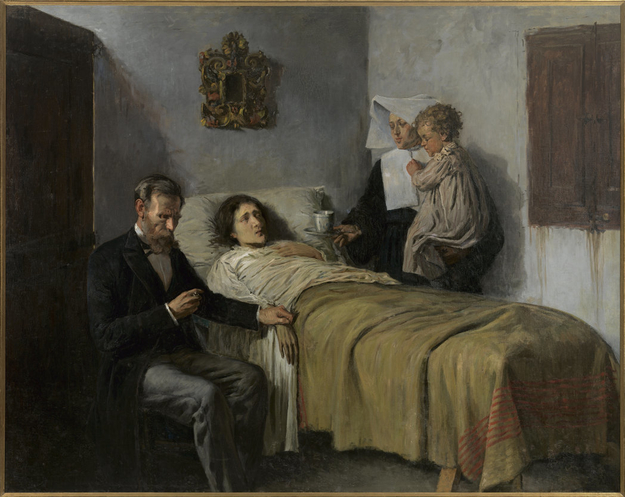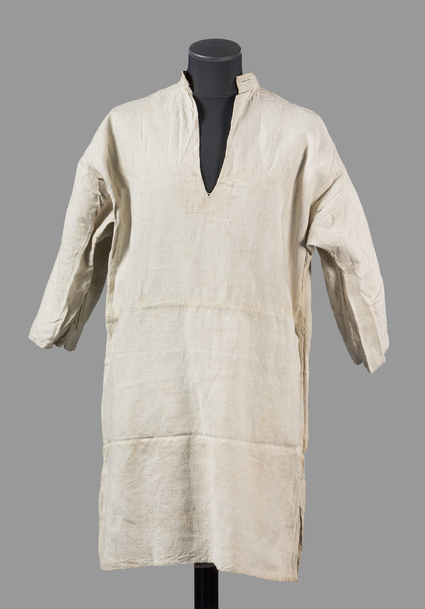Dutch Tradition
The linen cupboard has been a status symbol in our country for centuries. Young women often spent years preparing all their linen: their release for when they got married. This beautiful industry was praised culturally. Part of the linen cupboard was often the shroud or shirt-blanket. The young woman made this garment with her hand for herself and her future companion.
The rugs had a simple design, often a straight long shirt with three-quarter sleeves. The fabric was almost always linen, as the Netherlands was once the largest flax producer in the world. The shroud was provided with embroidered initials and the year of the wedding. Once finished, the needle was ritually burned from superstition. Having pricked yourself with the needle didn't promise much good either.
Worn twice
The rugs were worn twice: the first time during the wedding night and then the rugs, hopefully, filled with love, were put in the back of the closet, so that they would not be needed for the second time: in the coffin.
The tradition existed for a long time but was lost after the Second World War. After these terrible years, everything that had to do with death and destruction was pushed out of daily life in many different ways. The same goes for the memento mori of the shroud. Sometimes you may come across an old linen shroud at an antique shop or a thrift shop. Many regional museums also have shrouds in their collection, as can be seen below.
The contemporary meaning of the shroud
Although the tradition of making the shroud yourself has been lost, death textiles seem to be resurrected in our present century. This has to do with a growing awareness of the environmental impact of funerals, and the specific share of the coffin in this. It is not legally required to put a body in a coffin, and yet many a tree is cut down to be buried or burned after an incriminating transport. It's a shame. Provided that natural textiles are used, such as hemp, linen, wool and organic cotton, and provided that this is produced responsibly, a fabric cover is a much more sustainable alternative.
It is even more sustainable to use old textiles for a shroud. As an undertaker, Susanne Duijvestein often stands with the family to choose beautiful sheets from the closet to put over their loved ones. In this way, we don't bring new things into the world and we up-cycle old textiles into a meaningful new destination.

